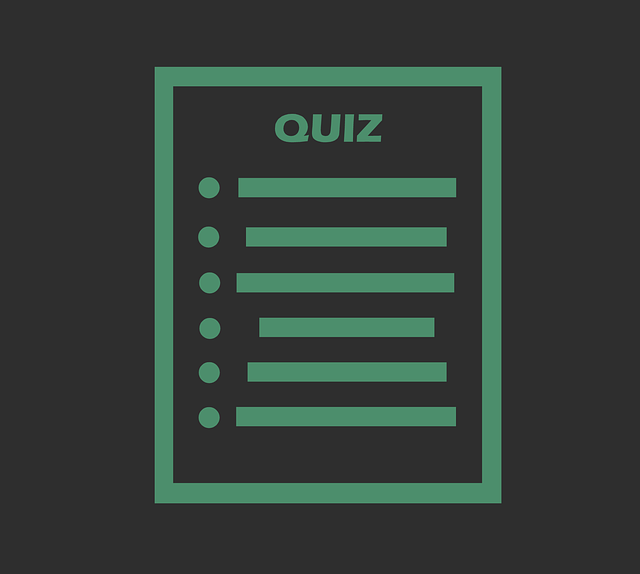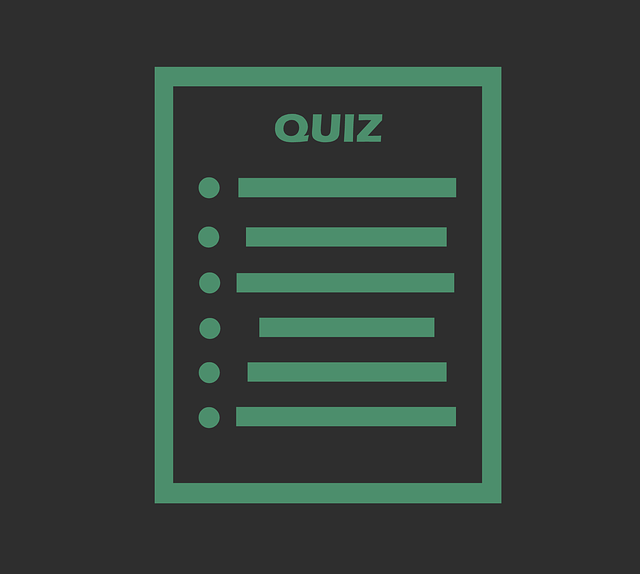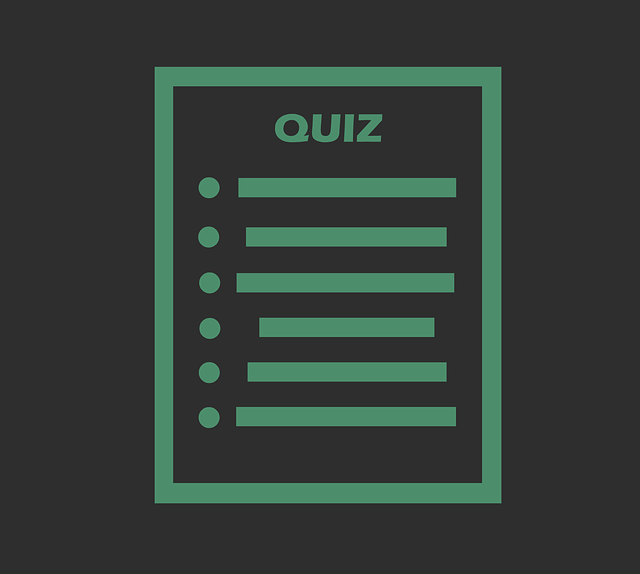In this blog you will find the correct answer of the Coursera quiz 3 Axis Machining with Autodesk Fusion 360 Coursera All weeks mixsaver always try to bring the best blogs and best coupon codes
Week 1 quiz
1.
Question 1
When a body or component is selected in the canvas area, how does its name change in the browser?
1 point
- There is no change in the browser.
- It is highlighted in blue.
- It is underscored with angled lines.
- Its text is changed to bold.
2.
Question 2
If you want to fix a component in 3D space without applying a Joint, what would you do?
1 point
- You must apply a rigid joint to locate a component.
- Ground it.
- Stick it.
- Fix it.
3.
Question 3
When creating a toolpath-based geometry selection, what is the default “Bottom Height” of the toolpath?
1 point
- Top of Stock.
- Selected Contour.
- There is no default.
- Z=0.0.
4.
Question 4
When select a contour for a toolpath there is a red arrow that is displayed next to the selection. What does the red arrow represent?
1 point
- Only the cut direction.
- Only the side of cut.
- There is no red arrow.
- The side of cut and direction.
5.
Question 5
What is an advantage that 3D Adaptive has for complex 3D geometry over 3D pocket clearing?
1 point
- There is no difference between them for complex 3D geometry.
- The ability to produce even step downs to rough a part.
- The ability to quickly jump to different areas of a part with rapid tool movements.
- The ability to step back up geometry in small amounts after removing large quantities of material.
Week 2 quiz
1.
Question 1
When an adaptive toolpath is cutting a single direction how does it move to the start of the next cut?
1 point
It always cuts in both directions.
A lift to the feed plane and a rapid movement.
A small retract and a rapid movement.
A small retract and a feed movement.
2.
Question 2
In which section of a toolpath setup can you define the lift height used between adaptive tool passes?
1 point
Geometry.
Heights.
Passes.
Linking.
3.
Question 3
Which “Passes” option allows the tool to adjust its federate as it enters inner corners?
1 point
Feed Adjustment.
Feed Reduction.
Feed Optimization.
Feed Override.
4.
Question 4
When creating a 3D adaptive toolpath what is the boundary used unless otherwise selected?
1 point
Stock Contour.
Part Bounding Box.
Stock remaining.
You must manually select a boundary.
5.
Question 5
What toolpath is generally used to finish an internal or external boundary of a part?
1 point
Pocket.
Face.
Contour.
3D adaptative.
Week 3 quiz
1.
Question 1
If a part contains no feature history and does not include a detail drawing, how can you identify feature sizes to appropriately plan for tooling?
1 point
Use the measure tool.
The information must be provided by the designer.
Make your best guess and see if tools leave material behind.
Use the “auto measure” tool.
2.
Question 2
When you navigate out of the manufacture workspace and back in again, what needs to be done to remove any toolpath warnings?
1 point
Rerun toolpaths.
Rebuild toolpaths.
Generate toolpaths.
No warnings will appear.
3.
Question 3
When using a “Spring Pass” on a 2D contour toolpath, what is the final step in of the last past in relation to the finish pass?
1 point
.02in.
5% of the tool diameter.
0.01in.
0.00.
4.
Question 4
Which statement is the most accurate for how a bore toolpath performs its cut?
1 point
A constant angle ramp in a helical motion.
A circular cut at multiple depths.
A single cut at a single depth.
5.
Question 5
Which of the following toolpaths can blend between multiple shapes?
1 point
Radial.
Morphed Spiral.
Spiral
Circular.
Week 4 quiz
1.
Question 1
On a detailed drawing what does a box around a letter represent?
1 point
Section View.
Detail View.
Base Feature.
Datum.
2.
Question 2
Which statement best completes the sentence? “A coordinate system should be located at”
1 point
Always on the fixed jaw.
The best location for the job.
Always at a hole center.
Always centered on the part.
3.
Question 3
Circular patterns of toolpaths change the operation order by what methods?
1 point
Operation only.
Tool only.
Type only.
Tool and operation.
4.
Question 4
Chamfer toolpaths can be used on which of the following? (select all that apply)
1 point
Modeled chamfers.
Sharp corners.
Modeled fillets.
Text.
5.
Question 5
When copying a drilling operation to be used for tapping what should be changed? (Select all that apply)
1 point
Tool.
Hole selection.
Cycle type.
Nothing.
Course assessment
1.
Question 1
When creating a setup for a vertical CNC mill, what is the orientation of the coordinate system in relation to the machine?
1 point
The positive Y coordinate points up to the machine spindle.
The positive X coordinate points up to the machine spindle.
The positive Z coordinate points up to the machine spindle.
2.
Question 2
When viewing a toolpath on the screen the lines are color coded based on the type of movement. What does a yellow line represent?
1 point
Rapid movement.
Entry movement.
Exit movement.
Feed movement.
3.
Question 3
What adaptive toolpath parameter controls the amount of material the tool engages?
1 point
Optimal load.
Chip load.
Cutter load.
Cutting load.
4.
Question 4
Which cutting option allows a tool to cut both Climb and Conventional strategies on open profiles?
1 point
Up and down cut.
Reverse cut.
Both ways.
Back cut.
5.
Question 5
Which toolpath would be the best fit to quickly rough out an open pocket that was ½” deep with a bottom normal to the Z axis.
1 point
3D Pocket Clearing.
2D Pocket.
2D Adaptive Clearing.
3D Adaptive Clearing.
6.
Question 6
When setting up an adaptive toolpath, how does Fusion 360 decide how much material to engage with the tool on each pass?
1 point
20% of the tool diameter.
Parameters in the toolpath.
It changes based on spindle load.
25% of the tool diameter.
7.
Question 7
What is the default entry method for a 2D adaptive toolpath?
1 point
Plunge.
Ramp.
Predrill.
Helical.
8.
Question 8
What toolpath option allows you to focus on material left behind from other operations?
1 point
Remaining Machining.
Post Machining.
Rest Machining.
Previous Machining.
9.
Question 9
When using a 3D pocket toolpath what would you change to get finer resolution in order to match a 3D shape?
1 point
No specific option.
Step-over.
Step-up.
Step-down.
10.
Question 10
If you want a toolpath to identify faces on a part that are normal to the Z axis and planar, what would you use?
1 point
Planar Face Detection.
Flat Area Detection.
Flat Face Detection.
Planar Area Detection.
11.
Question 11
What does the 2D Contour option “Minimum Cutting Radius” do for a tool machining an internal corner?
1 point
It analyzes the corner and will only machine if it matches the tool.
It adjusts how deep the tool will go into the corner.
It calculates the amount of wear on a tool.
There is no such option.
12.
Question 12
If you are trying to machine a pocket that doesn’t have a contour selection based on geometry, how would you create the contour?
1 point
Creating a sketch.
Make a second model that has the correct feature.
You can only select solid edges for toolpaths.
Using the toolpath option “Connect”.
13.
Question 13
If a toolpath wastes a lot of time moving between multiple contours what option can help reduce the non-cutting time?
1 point
Keep Tool Down.
No Tool Retract.
Keep Tool Up.
Keep Tool Low.
14.
Question 14
Which step over ratio would be a good choice when machining a soft material like foam quickly that you can hand finish to it’s final shape?
1 point
Tool / 10.
You should never hand finish any machined part.
Tool / 3.
Tool / 8.
15.
Question 15
What does the Bitangency Angle parameter control?
1 point
The angle at which the toolpath is created.
The angle between faces to be machined.
No such parameter.
Contact points for a tool.
16.
Question 16
Tool libraries on the cloud or locally saved can be referenced but how are the tools linked?
1 point
They maintain a link for tool number and description only.
They are not linked. Changes to the cloud or local library don’t affect the ones used in a file.
They maintain a link for the amount a tool sticks out of the holder only.
They maintain a link for all parameters.
17.
Question 17
Which of the following statements is less accurate?
1 point
Facing toolpaths have a chip thinning option.
Facing toolpaths can have multiple step-downs.
2D adaptive toolpath are the best choice for facing parts.
18.
Question 18
How are patterned toolpaths organized in the browser?
1 point
Individually.
By tool.
In a group.
In a folder.
19.
Question 19
Which drilling cycle type allows for the drill bit to come completely out of the hole to help with chip removal between small steps?
1 point
Break through.
Chip breaking.
Reaming.
Deep drilling
20.
Question 20
What file is required to convert toolpaths to machine readable code?
1 point
Post configuration.
Post converter.
G converter.
No file required.
Peer-graded Assignment: Course Challenge – Peer Review
Important Links:
- Advanced Algorithms and Complexity Coursera Week 1 Quiz
- Business Analytics for Decision Making Coursera Week 1 Quiz
- Epidemiology: Successful Career Development Coursera Week 1
- How Things Work: An Introduction to Physics week 1
- Introduction to Public Speaking Coursera week 1 Quiz





